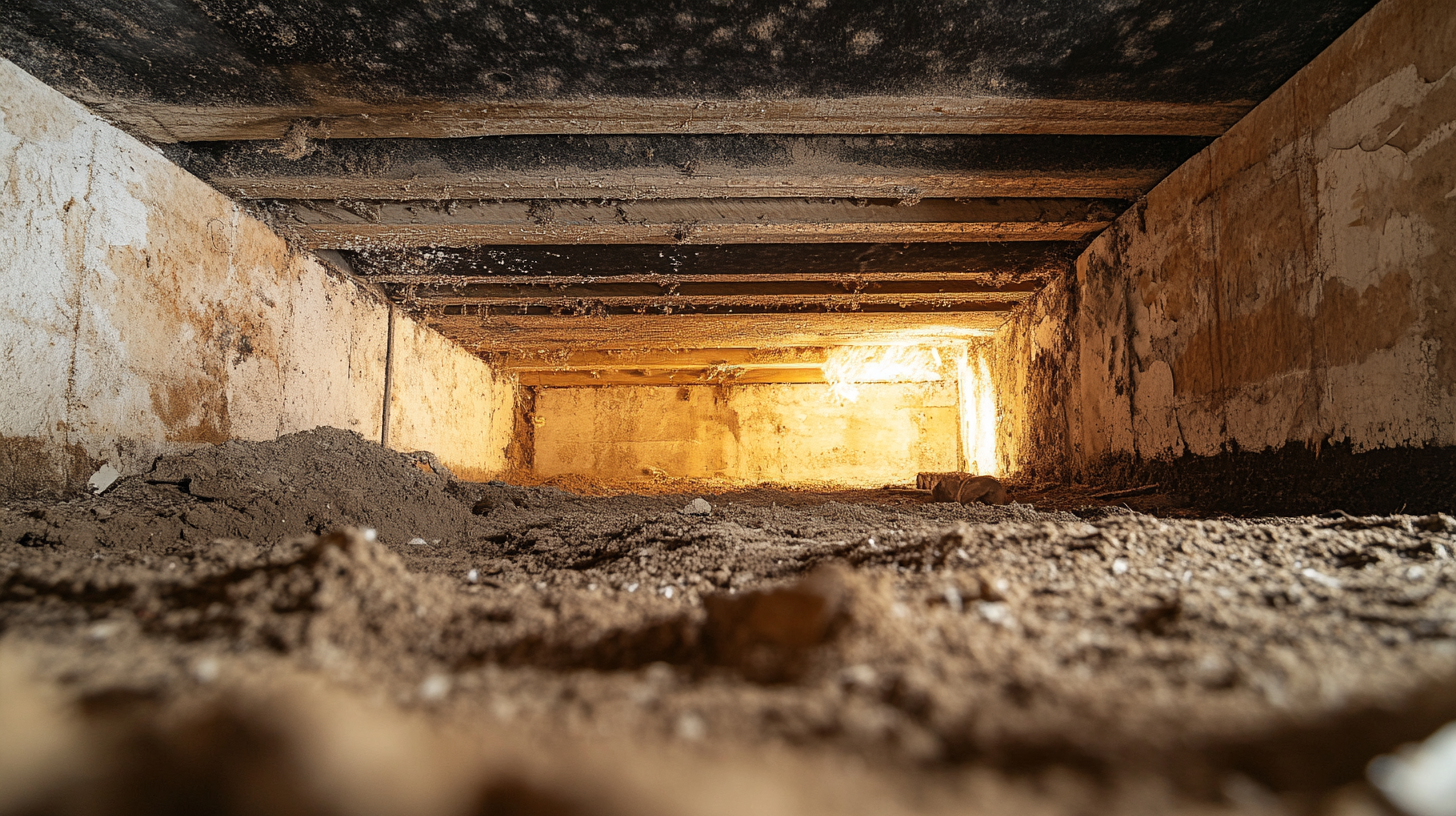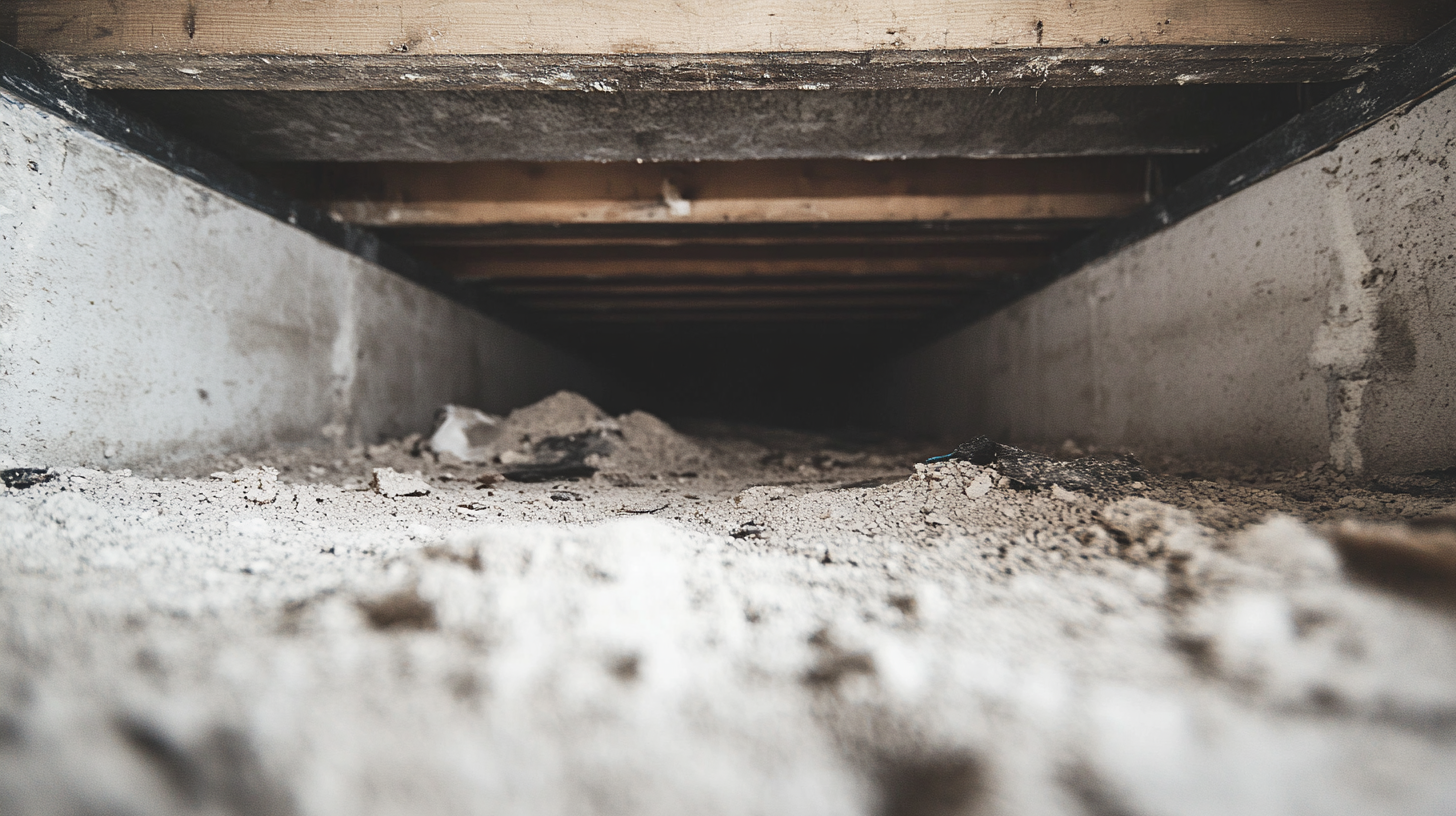Soot on Brick Surfaces: Effective Cleaning Methods

Brick, with its rich history and architectural significance, serves as a testament to human ingenuity and the pursuit of durability and beauty in construction. However, these venerable surfaces often fall victim to an uninvited guest—soot. This fine black or dark brown particulate matter, a byproduct of incomplete combustion, finds its way onto brick surfaces, leaving behind a telltale mark of environmental interaction and human activity. The presence of soot on brick is not merely a cosmetic concern; it is a common occurrence that speaks volumes about the environment in which it is found and poses significant challenges for preservation and cleaning efforts.
Soot accumulation on brick surfaces can be attributed to various sources, including vehicular emissions, industrial activities, and even residential heating systems. Its ability to adhere to brick surfaces is facilitated by the porous nature of brick, which traps and holds soot particles, making them difficult to remove. Over time, soot not only affects the aesthetic appeal of brickwork but can also contribute to the material's deterioration, necessitating a deeper understanding of its impact and the development of effective removal strategies.
This blog aims to explore the phenomenon of soot accumulation on brick surfaces, delving into the reasons behind its common occurrence, the implications for brick structures, and the measures that can be taken to address this pervasive issue. By shedding light on the interaction between soot and brick, we seek to inform and empower those tasked with caring for these surfaces, ensuring that they remain a testament to our cultural heritage and architectural ambition for generations to come.
Understanding Soot Accumulation on Brick
Brick surfaces, with their enduring presence and aesthetic appeal, are a staple in architectural designs across the globe. However, these structures often bear the brunt of environmental pollutants, notably soot. Soot accumulation on brick surfaces is not just a visual blight but also a preservation concern, necessitating a deeper understanding of its nature and the reasons behind its affinity for brick.
The Nature of Soot
Soot is a complex mixture resulting from the incomplete combustion of organic materials, such as coal, oil, wood, and other carbon-based fuels. It comprises tiny carbon particles that can carry various toxic compounds, including polycyclic aromatic hydrocarbons (PAHs), metals, and acids. These particles are incredibly fine, often less than 2.5 micrometers in diameter, enabling them to easily adhere to and penetrate porous surfaces like brick.
The adherence of soot to brick surfaces is facilitated by the electrostatic attraction between the soot particles and the brick material, as well as the physical interlocking that occurs within the pores and crevices of the brick. Once soot particles settle on a brick surface, they can be difficult to remove, requiring more than just physical cleaning to fully eradicate.
Why Brick Surfaces Attract Soot
The porous nature of brick makes it particularly susceptible to soot accumulation. Bricks are made from clay or shale and are fired in a kiln to achieve their hardness and durability. This process, however, leaves the material with numerous microscopic pores and fissures. These pores provide a large surface area where soot particles can adhere and become trapped.
Environmental factors play a significant role in soot accumulation on brick surfaces. Urban areas, with higher concentrations of vehicles and industrial activities, are more prone to soot pollution. The direction of prevailing winds, proximity to soot-producing sources, and even the design and location of a building can influence the extent of soot deposition on brick surfaces.
The attraction of soot to brick surfaces is not merely a matter of aesthetics; it also has implications for the material's integrity and longevity. Soot can harbor moisture, promote the growth of biological organisms, and contribute to the chemical degradation of the brick, leading to issues such as efflorescence, spalling, and structural weakness.
Understanding the nature of soot and its affinity for brick surfaces is crucial for effective cleaning and preservation strategies. By acknowledging the challenges posed by soot accumulation, property owners, conservators, and preservationists can take informed steps to protect and maintain the beauty and integrity of brick structures, ensuring their continued place in our built environment.
Preparing for Soot Removal from Brick
The presence of soot on brick surfaces is a common issue that can detract from the aesthetic appeal and structural integrity of buildings. Removing soot effectively requires careful preparation, starting with an assessment of the damage and gathering the necessary supplies for the cleaning process. Proper preparation not only ensures the effective removal of soot but also helps in preserving the brick's condition.
Assessing the Extent of Soot Damage
Before embarking on soot removal, it's crucial to assess the extent of soot accumulation and the condition of the brick surface. This assessment will guide the choice of cleaning methods and materials, ensuring that the soot is removed without causing damage to the brick.
- Visual Inspection: Conduct a thorough visual inspection of the brick surface to identify areas with significant soot accumulation. Look for variations in soot density and note any areas with apparent damage or deterioration.
- Physical Testing: Gently rub a small, inconspicuous area with a dry cloth to test the soot's adherence. This test helps determine the ease of soot removal and whether specialized cleaning agents may be required.
- Condition Evaluation: Assess the condition of the mortar and brick. Cracks, crumbling mortar, or loose bricks may require repair before proceeding with soot removal to prevent water infiltration during the cleaning process.
- Environmental Considerations: Consider the brick's exposure to environmental elements. Areas with high moisture or biological growth may require additional treatment following soot removal.
Gathering Necessary Cleaning Supplies
Having the right tools and materials is essential for effectively removing soot from brick surfaces without causing damage. Here's a list of supplies you'll need for the cleaning process:
- Cleaning Agents: Choose a cleaning agent suitable for brick surfaces. Options include mild detergent solutions, specialized brick cleaners, or a mixture of water and white vinegar for a more natural approach.
- Soft-Bristled Brushes: Soft-bristled brushes are ideal for loosening soot particles without scratching the brick surface. For larger areas, a brush attachment on a low-pressure washer may be used cautiously.
- Protective Gear: Wear gloves, goggles, and a dust mask or respirator to protect against soot and chemical exposure during cleaning.
- Buckets and Sponges: Have several buckets on hand for clean water and cleaning solutions, along with sponges for applying the cleaner and rinsing the surface.
- Plastic Sheeting and Tape: Use plastic sheeting and tape to protect adjacent surfaces, landscaping, or architectural features from water and cleaning agents.
Preparing for soot removal from brick surfaces with a thorough assessment and the right cleaning supplies is crucial for restoring the appearance and preserving the integrity of brick structures. By following these preparatory steps, you can ensure a safe and effective cleaning process that brings out the best in brick surfaces, maintaining their beauty and structural soundness for years to come.
Step-by-Step Guide to Cleaning Soot from Brick
Cleaning soot from brick surfaces requires a methodical approach to ensure that the soot is removed effectively without causing damage to the brickwork. This guide provides a step-by-step process for tackling soot accumulation, from initial particle removal to the application of cleaning solutions and proper rinsing and drying techniques.
Initial Soot Particle Removal
The first step in cleaning soot from brick is to remove any loose soot particles without spreading them further across the surface or embedding them deeper into the brick's pores.
- Gentle Brushing: Using a soft-bristled brush, gently sweep across the soot-covered areas. This action should loosen and remove the top layer of soot without scratching the brick surface. Perform this step dry, without water, to avoid creating a sooty sludge that can be harder to remove.
- Vacuuming: A vacuum cleaner fitted with a HEPA filter can be used to suck up the loosened soot particles. The HEPA filter ensures that the soot is contained and not released back into the air. Use a nozzle attachment for more precise control and to avoid direct contact with the brick surface.
Applying Cleaning Solutions
Once the loose soot has been removed, a cleaning solution can be applied to break down and remove the remaining soot residue.
- Preparing the Solution: Mix a soot-cleaning solution according to the manufacturer's instructions, or create a mild detergent solution by diluting dish soap in warm water. For a natural alternative, mix equal parts white vinegar and water.
- Application: Apply the cleaning solution to the brick surface using a sponge or spray bottle. For tougher soot stains, allow the solution to sit on the surface for a few minutes to penetrate and break down the soot.
- Scrubbing: Use a soft-bristled brush to gently scrub the brick where the solution has been applied. Scrub in a circular motion to lift the soot from the brick's pores without damaging the surface.
Rinsing and Drying the Brick Surface
After the soot has been loosened by the cleaning solution, it's essential to rinse the brick thoroughly and allow it to dry properly to prevent any residual damage.
- Rinsing: Rinse the brick surface with clean water using a garden hose with a spray nozzle set to a gentle flow. Avoid high-pressure washing, which can erode the mortar or damage older bricks.
- Drying: Allow the brick to air dry naturally. Do not attempt to speed up the process with heat, as rapid drying can cause the brick to crack or become damaged. In areas with high humidity, consider using fans to circulate air and aid in the drying process.
Cleaning soot from brick surfaces can be a labor-intensive process, but with the right techniques and a bit of patience, it's possible to restore the beauty and integrity of brickwork. By following these steps, homeowners and preservationists alike can effectively tackle soot accumulation, ensuring that brick structures continue to stand as testaments to their resilience and historical significance.
Do's and Don'ts of Soot Removal from Brick
Removing soot from brick surfaces is a delicate task that requires careful consideration to avoid causing damage to the brickwork. Whether you're dealing with soot from a fireplace, pollution, or accidental fires, understanding the best practices for effective cleaning and being aware of common mistakes can help preserve the integrity and appearance of your brick surfaces. Here are essential do's and don'ts to guide you through the process.
Best Practices for Effective Cleaning
Do:
- Do Assess the Brick First: Before starting the cleaning process, assess the condition of the brick and mortar. Look for any signs of damage or deterioration that may affect how you proceed with cleaning.
- Do Test Cleaning Methods: Always test your chosen cleaning method on a small, inconspicuous area of the brick first. This step ensures that the method won't cause damage or discoloration.
- Do Use Gentle Cleaning Solutions: Opt for mild, pH-neutral soaps or detergents diluted in water. For a more natural approach, a solution of equal parts water and white vinegar can be effective.
- Do Rinse Thoroughly: After applying and scrubbing with the cleaning solution, make sure to rinse the brick surface thoroughly with clean water to remove any residue.
- Do Allow for Natural Drying: Let the brick air dry naturally. Avoid using heat or direct sunlight to speed up the drying process, as this can lead to cracking or damage.
Don't:
- Don't Use Abrasive Tools: Avoid using wire brushes or abrasive scrubbers that can scratch or damage the brick surface. Stick to soft-bristled brushes or sponges for gentle scrubbing.
- Don't Apply High-Pressure Water: While it might be tempting to use a high-pressure washer, the intense water pressure can erode the mortar or damage older bricks. A gentle spray from a garden hose is preferable.
- Don't Skip Protective Measures: Failing to protect adjacent areas, landscaping, or architectural features with plastic sheeting can result in collateral damage from cleaning agents or rinsing water.
- Don't Use Harsh Chemicals: Strong acids, bleach, or ammonia-based cleaners can cause irreversible damage to brick surfaces. Always choose cleaning agents that are safe for use on brick.
- Don't Ignore Environmental Conditions: Cleaning brick in extreme temperatures or direct sunlight can affect the cleaning process and the drying time. Plan your cleaning project for mild, overcast days when possible.
By following these do's and don'ts, you can effectively remove soot from brick surfaces while preserving the material's natural beauty and structural integrity. Remember, the goal of soot removal is not only to restore the appearance of the brick but also to ensure its longevity and durability. Taking a cautious and informed approach to cleaning will help achieve the best results without compromising the brickwork.
Aftercare and Maintenance of Cleaned Brick Surfaces
Successfully removing soot from brick surfaces not only restores their aesthetic appeal but also contributes to the longevity and preservation of the material. However, the care for brick surfaces doesn't end with soot removal. Proper aftercare and ongoing maintenance are crucial to maintaining the cleanliness and condition of brickwork, as well as minimizing future soot accumulation. Here's how to ensure your brick surfaces remain in pristine condition long after the cleaning process.
Post-Cleaning Brick Maintenance
After the soot has been removed, implementing a routine maintenance plan will help keep brick surfaces clean and in good condition. Consider the following advice for effective post-cleaning maintenance:
- Regular Inspections: Periodically inspect brick surfaces for signs of soot reappearance, damage, or wear. Early detection of issues allows for timely interventions, preventing minor problems from escalating.
- Gentle Cleaning: Establish a schedule for gentle cleaning of brick surfaces to remove dust, dirt, and potential soot particles before they accumulate. Use soft brushes or cloths and mild cleaning solutions to avoid damaging the brick.
- Moisture Control: Keep an eye on moisture levels around brick surfaces. Excess moisture can lead to mold growth and may attract more soot and pollutants. Ensure proper drainage and ventilation to keep the area dry.
- Sealant Application: Consider applying a breathable, siloxane-based sealant to brick surfaces. This type of sealant can provide a protective barrier against moisture and pollutants while allowing the brick to "breathe" and release trapped moisture.
- Repair and Restoration: Address any damage or deterioration in the mortar or brick promptly. Cracks or gaps can allow pollutants to penetrate deeper into the brickwork, making future cleaning more challenging.
Preventive Measures to Minimize Future Soot Accumulation
In addition to regular maintenance, specific preventive measures can be taken to protect brick surfaces from soot and environmental pollutants:
- Landscaping Barriers: Plant trees or shrubs to act as natural barriers against pollutants and soot, especially in urban areas or near sources of combustion. Ensure that plants are positioned to avoid creating shaded, moist conditions that could harm the brick.
- Positioning Outdoor Lighting: If soot accumulation is related to flames or combustion from outdoor lighting, consider repositioning lights away from brick surfaces or opting for electric or LED options that do not produce soot.
- Regular Chimney Checks: For buildings with operational fireplaces or wood stoves, ensure that chimneys are regularly cleaned and inspected. A well-maintained chimney reduces the risk of soot and smoke staining exterior brick surfaces.
- Educate and Advocate: In community settings, advocate for reduced pollution and the use of cleaner fuels and technologies. Collective action can lead to a significant decrease in environmental soot and pollutants.
Maintaining and protecting cleaned brick surfaces requires a combination of regular care, timely repairs, and strategic preventive measures. By adopting these practices, you can preserve the natural beauty and integrity of brickwork, ensuring it remains a durable and attractive feature of your property for years to come.
FAQs
Contact Fast Response Cleaning & Restoration Today!
Fast Response Cleaning & Restoration will do everything we can to ensure your experience with us is excellent.
Request A FREE Estimate
Request A FREE Estimate Form
CHECKOUT RECENT POST



Have an Emergency? We're Here to Help!
When it comes to disaster cleanup, we are a seasoned veteran in the industry and have helped hundreds of property owners just like you.
Our disaster recovery teams are available 24-7 to quickly clean up and repair disasters of all types.
